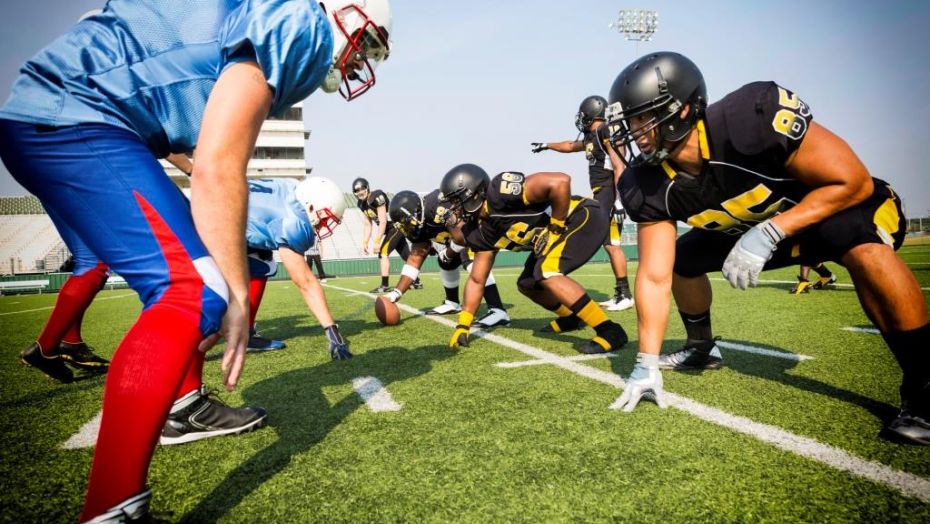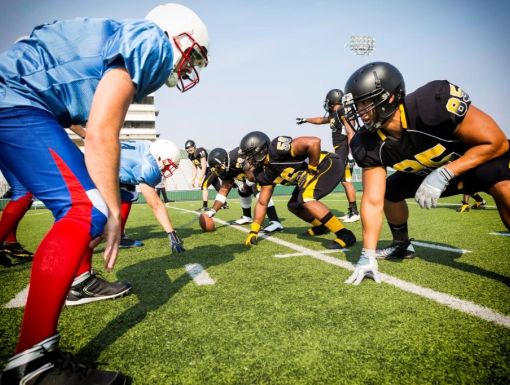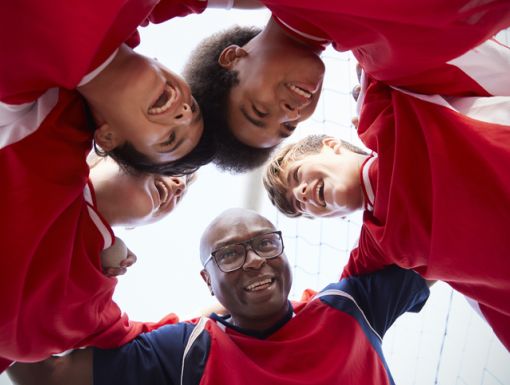
6 Tips for Preventing Sport Injuries in Young Athletes
About 60 million children participate in organized sports – a pastime that can be beneficial for them both physically and mentally. According to the American Academy of Pediatrics, sports participation is associated with reduced stress, anxiety, depression and substance misuse in children. It’s also been shown to increase self-confidence, self-esteem, social skills and academic achievement.
Many student athletes play sports multiple times a week. These practices or games can last several hours at a time or longer. Many student athletes practice or play games at high exercise intensity levels. Participating in sports for a prolonged period at a heightened intensity level puts the athlete at an increased risk for injury.
Therefore, we want to help to teach parents, coaches and student athletes some sports safety precautions to take to help reduce their risk of injury.
Common Sports Injuries
An athlete is most likely to get injured when he or she suddenly increases the frequency and time spent training. Increasing workout intensity also can lead to injury.
The injuries athletes most commonly experience include:
- Sprains
- Lacerations
- Contusions/bruises
- Sunburn
- Insect bites
- Dehydration
- Heat exhaustion
- Broken bones
- Concussions
Signs of a Concussion
A concussion is a type of traumatic brain injury caused by a bump, blow or jolt to the head or by a hit to the body that causes the head and brain to move rapidly back and forth. According to the CDC, this sudden movement can cause the brain to bounce around or twist in the skull, which can create a chemical change in the brain and sometimes can stretch and damage brain cells.
A concussion causes the brain to go into a heightened period of stress. Common signs of a concussion include:
- Headaches
- Dizziness
- Confusion
- Ringing in the ears
- Nausea or vomiting
- Sensitivity to light and noise
An athlete should be evaluated for a concussion if he or she complains of a headache or neck pain, especially after a collision. Other signs to look out for include changes in vision or balance, trouble concentrating or looking like they’ve slowed down. Their mood might also be affected, and they can be more irritable, angry, or even sad or depressed.
Research has shown 1 in 6 children are diagnosed with a subsequent concussion within two years of the initial diagnosis. Factors that increase the risk of a subsequent concussion include the severity of symptoms during the initial concussion, the length of treatment and the patient’s age. We must appropriately identify concussions the first time and ensure our student athletes make a complete recovery. This allows us to better understand future risks and game plan future expectations with the student athlete and their family following recovery from a concussion.
Sports Injury Prevention Tips
There are several things athletes and coaches can do to lessen the chance of a sports injury. Those include:
Schedule a physical exam
All athletes should visit their primary care doctor for a yearly sports physical before the start of their season. A sports physical includes both a medical history and a physical exam. It is helpful for a doctor to determine if a child has any health problems that could interfere with his or her sports performance. The doctor will come up with a treatment plan if necessary to ensure the athlete can participate in athletics in a safe manner.
Stress the importance of stretching
Once training begins, athletes need to make sure they’re spending the proper amount of time warming up before getting into play. Stretching muscles and getting them warm before jumping into activity will help prevent muscular strains and ligamentous sprains.
Proper technique and cross-training are also key to injury prevention, specifically overuse injuries. Athletes who participate in one sport year-round tend to overwork and utilize the same primary muscle or set of muscles repetitively throughout the course of the year. This repetitive action can eventually stress that muscle to the point where it can cause an overuse injury such as a fracture or muscular strain. Cross training, utilizing various muscles and participating in a variety of sports throughout the year helps negate the risk of overuse injuries.
Recognize injuries early
Another key component of injury prevention is knowing when to stop. We have to listen to our body. Sometimes we’re not ready to do that activity, take on that heavy weight load or do that sprint. If our body is telling us, “Hey, we’re not ready for it.” It’s OK to take a step back and take a rep off. A lot of times, that’s how we can prevent further injury.
Coaches and parents should make sure athletes feel comfortable communicating. If something hurts or is wrong, they need to know it’s OK to communicate that. Once the concern for an injury is identified, the athlete can then receive the appropriate evaluation to assess for potential injury and determine the next steps if necessary. This helps to identify injuries early and prevent further progression and worsening of injuries when present.
Get plenty of rest and drink fluids
Dehydration and heat exhaustion are especially of concern in south Louisiana. If you wait until you’re thirsty to start drinking, you’re already at a disadvantage. That’s your body telling you that you’re already mildly dehydrated. Dehydration can cause symptoms such as fatigue, dizziness, and headache.
Dehydration is a contributing factor to life-threatening illnesses such as heat stroke. Therefore, it is important to start hydrating before any activity and especially leading into practice or a game. You should continue to hydrate after practice to replace bodily fluids such as sweat loss during activity.
It’s also important to get rest, as this helps improve athletic performance. Rest helps improve muscle repair, concentration, fatigue, stress and mental health. Rest also helps restock glycogen stores which act as fuel during your workout. Also, when you are not well rested, you have a delay in your reaction time and processing speed which puts you at risk for sustaining an injury.
Be aware of prolonged sun exposure
Remembering simple things like applying insect repellant and sunscreen can help prevent minor injuries. While bug bites and sunburn aren’t likely to sideline an athlete, they can contribute to discomfort and affect concentration.
Use appropriate equipment
Your child should wear protective gear that’s intended for a specific sport and position. It should always be worn correctly and inspected regularly to make sure it’s still in good condition and still fits properly.
If your student athlete does get injured, you may be able to treat your child at home using the RICE method: rest, ice, compression and elevation. An athletic trainer can help determine the severity of the injury. If you do home treatment and the injury doesn’t resolve within a few days, it’s time to see a doctor.
Schedule an appointment with primary care sports medicine physician Olabode Agaja, DO, today!



